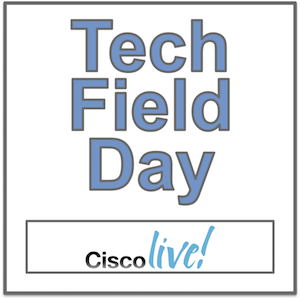0
I am honoured to have been selected as a delegate for Tech Field Day during Cisco Live Europe 2019 in Barcelona!
Cisco Live Europe will take place from the 27th of January until Friday 1st.
I am really looking forward to this opportunity. There are some really great names among the list of delegates that I hope to be interacting with quite a lot, both during and after the event.
I am still to receive the official list of presenters, so I can’t tell you just who all the presenters will be, but im sure the Tech Field Day crew will release that information shortly.
When possible, I will be blogging about the presenters for sure. Also, during the event I will be posting to twitter so stay tuned.
A big thank you to Ben and Tom from Tech Field Day for extending an invitation! I can’t wait!
Until then, take care!
/Kim
https://techfieldday.com/event/cleur19/
The post Tech Field Day @ CiscoLive Europe 2019 appeared first on .




 SDxCentral Weekly Wrap for January 11, 2019: AT&T is set to slash jobs as it touts its 5G and SDN progress, and Kubernetes topped IT job search terms in 2018.
SDxCentral Weekly Wrap for January 11, 2019: AT&T is set to slash jobs as it touts its 5G and SDN progress, and Kubernetes topped IT job search terms in 2018. The test produced round-trip latency of less than 100 microseconds (0.1 milliseconds) and a data transmission speed of 40 Gb/s.
The test produced round-trip latency of less than 100 microseconds (0.1 milliseconds) and a data transmission speed of 40 Gb/s. And Poland arrested a Chinese Huawei employee and charged him with spying for Beijing.
And Poland arrested a Chinese Huawei employee and charged him with spying for Beijing. AWS purchases a disaster recovery startup; Synchronoss and TBSCASoft build blockchain for telecom operators; Red Hat releases a new version of its enterprise workflow framework.
AWS purchases a disaster recovery startup; Synchronoss and TBSCASoft build blockchain for telecom operators; Red Hat releases a new version of its enterprise workflow framework.